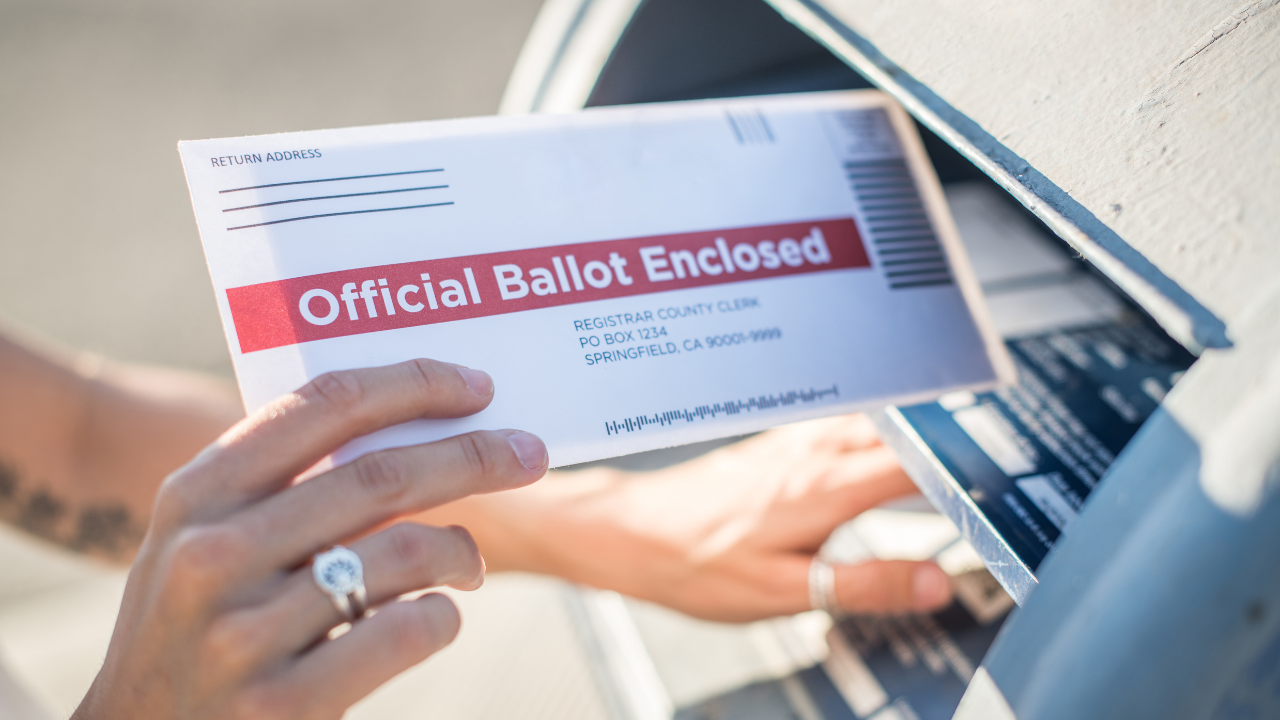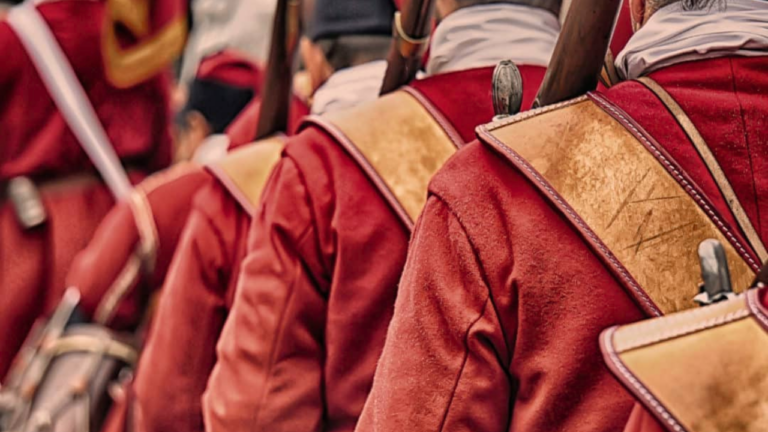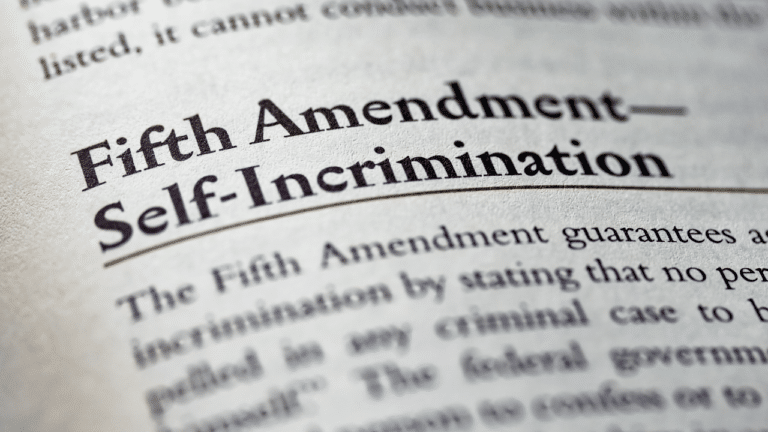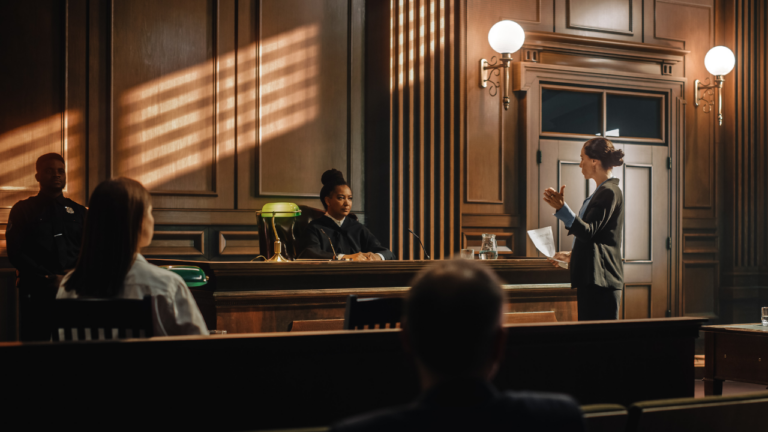The Twelfth Amendment to the Constitution of the United States modifies and supersedes Article II, Section 1, Clause 3, which explains the process followed by the Electoral College in counting the votes of the electors on Election Day.
What is the Twelfth Amendment in simple terms?
The Twelfth Amendment dictates that the electors will vote separately for President and Vice President. Prior to its adoption, the President elect was chosen by the majority of the Electoral College, and the candidate with the next highest number of votes became the Vice President elect.
What branch is selected by the electoral college?
The President and Vice President are selected by the electoral college.
WHAT IS THE TEXT OF THE TWELFTH AMENDMENT TO THE UNITED STATES CONSTITUTION?
U.S. Const. Amend. XII. PRESIDENTIAL ELECTORS
The Electors shall meet in their respective states and vote by ballot for President and Vice-President, one of whom, at least, shall not be an inhabitant of the same state with themselves; they shall name in their ballots the person voted for as President, and in distinct ballots the person voted for as Vice-President, and they shall make distinct lists of all persons voted for as President, and of all persons voted for as Vice-President, and of the number of votes for each, which lists they shall sign and certify, and transmit sealed to the seat of the government of the United States, directed to the President of the Senate;–the President of the Senate shall, in the presence of the Senate and House of Representatives, open all the certificates and the votes shall then be counted;–The person having the greatest number of votes for President, shall be the President, if such number be a majority of the whole number of Electors appointed; and if no person have such majority, then from the persons having the highest numbers not exceeding three on the list of those voted for as President, the House of Representatives shall choose immediately, by ballot, the President. But in choosing the President, the votes shall be taken by states, the representation from each state having one vote; a quorum for this purpose shall consist of a member or members from two-thirds of the states, and a majority of all the states shall be necessary to a choice. And if the House of Representatives shall not choose a President whenever the right of choice shall devolve upon them, before the fourth day of March next following, then the Vice-President shall act as President, as in case of the death or other constitutional disability of the President.–The person having the greatest number of votes as Vice-President, shall be the Vice-President, if such number be a majority of the whole number of Electors appointed, and if no person have a majority, then from the two highest numbers on the list, the Senate shall choose the Vice-President; a quorum for the purpose shall consist of two-thirds of the whole number of Senators, and a majority of the whole number shall be necessary to a choice. But no person constitutionally ineligible to the office of President shall be eligible to that of Vice-President of the United States.
WHAT IS THE HISTORICAL ORIGIN OF THE TWELFTH AMENDMENT?
In accordance with the Preamble to the U.S. Constitution, “in Order to form a more perfect Union,” the Framers attempted to form a way to choose a leader of their Union. The 1787 Federal Convention confronted multiple difficulties in finding a mode of election that, “while expressing the real will of the people, would least arouse their passions and leave them least in suspense.” Alexis de Toqueville, Democracy in America, (George Lawrence trans., J.P. Mayer ed., 1969) (1832).
Many proposals suggested a variety of manners and modes: Should the executive be chosen by Congress, by popular vote, by states through their executives or legislatures, by electors chosen by the people in districts within the state, or by electors chose by said legislatures? See Fuentes-Rohwer, Luis & Charles, Guy-Uriel, The Electoral College, the Right to Vote, and Our Federalism: a Comment on a Lasting Institution, 29 Fla. St. U. L. Rev. 879 (2001). Ultimately, the delegates settled on a single executive and the now-familiar idea of the Electoral College.
The Framers of the Constitution assumed the presidential electors would exercise discretion and judgment in casting their votes, rather than following the popular vote. See Ross, Beverly J. & Josephson, William, The Electoral College and the Popular Vote, 12 J. L. & Pol. 665 (1996). The few elections that followed revealed unexpected issues with disputable electoral votes and possible irregularities.
For example, in 1796, a disputed electoral vote certificate from Vermont was accepted by Vice President John Adams, because the substance was clear.
Four years later, during the Election of 1800, Jefferson was faced with an electoral vote certificate from Georgia that contained clerical irregularities. In the months leading up to the controversial Election of 1800, the leaders of the Federalist Party sought to prevent Thomas Jefferson’s presidency by putting forth a bill giving Congress a decisive role in evaluating the electoral votes. The bill eventually died because the House and the Senate could not reach a conclusion, but shows the clear desire of some members of Congress for a substantive role in counting the electoral votes. Others, including Charles Pinckney, emphatically opposed the idea that Congress could participate in deciding on votes. In the Election of 1800, Jefferson, as the Vice President at the time, counted the votes that led to his election as President.
In the Election of 1800, Thomas Jefferson, as the Vice President at the time, presided over the count. Four electoral votes for Jefferson from Georgia contained technical flaws and irregularities, and might have been justifiably rejected, but were not. Specifically, Georgia returned a single sheet of paper rather than the two provided by every other state. Without those four votes, Jefferson and Aaron Burr would only have won a plurality, which would have required the House to choose the winner from five presidential candidates.
The Twelfth Amendment responded to the problems revealed by the election of 1800. Delahunty, Robert J. & Yoo, John, Who Counts?: The Twelfth Amendment, The Vice President, and the Electoral Count, 73 Case W. Res. L. Rev. 27 (2022). The 12th amendment was passed by the narrowest of constitutional margins in the Senate—22 to 10—and House—84 to 42—in December of 1803, with ratification by the necessary thirteen state legislatures over the next several months. The amendment modifying the electoral college had a partisan motive and effectively recognized the existence of national political parties by allowing the majority party both executive offices.
The Twelfth Amendment did not change the vote count procedures or practices, nor did it resolve how to handle disputes regarding the validity of electoral votes. It likewise did not provide for separate votes for President and Vice President. Article II, Section 1, Clause 3 simply required electors to “vote by Ballot for two Persons, of whom one at least shall not be an Inhabitant of the same State with themselves.” The person with the greatest number of votes by a majority of the electors became President, and the person with the next greatest number of votes became Vice President.
WHAT DOES THE 12TH AMENDMENT DO?
On Election Day, people vote for electors—not for the presidential or vice-presidential candidates. Article II, Section 1 of the Constitution, as amended by the Twelfth Amendment, sets the formal process for electing the president. First, each state appoints its designated number of electors. Then, the electors across the country meet on the same day in their respective states to cast their votes for president and vice president.
Originally, the Constitution required the electors to vote for two candidates for president: the candidate with the highest number of votes would become president and the next runner-up would become vice president. The Twelfth Amendment, however, changed this so that the electors would vote separately for president and vice president. The presidential candidate with the most votes becomes the president if the number of votes constitutes a majority of the electors.
For example, in a bitterly contested election in 1824, four candidates found themselves in the race: John Quincy Adams, William Crawford, Andrew Jackson, and Henry Clay. In the general election, Jackson led with 99 electoral votes, but needed 131 to win the presidency. Clay’s 37 electoral votes, although they put him in last place, cost Jackson the election. Under the 12th Amendment, the House selected Adams to become President, despite Jackson’s wide lead in the popular vote.
WHAT IS THE ELECTORAL COLLEGE IN THE TWELFTH AMENDMENT?
The Electoral College, created by the Constitution in Article II, Section 1, Clause 3, is a group of people known as “electors” designated to officially vote for our country’s president and vice president. The number of electors from each state depends on the state’s number of congressional representatives.
Electors can be anyone except senators or representatives or someone “holding an Office of Trust or Profit under the United States.” Currently, most states allow political parties to choose a slate of electors to represent their respective candidates. State laws vary as to how a political party chooses its specific electors. These electors generally remain unknown to the public because the “short-form” ballot only contains the names of the candidates for president and vice president. In every state, a vote for the candidate of that particular party is a vote for that party’s slate of electors. Scott Eckl, Faithless Electors: Keeping the Ties that Bind, 88 Fordham L. Rev. 1923 (2020).
Does the electoral college have to follow the popular vote?
No. The presidential electors are citizens appointed by the states who exercise their discretion and judgment in casting their votes. This procedure avoided direct election of the Executive by the people or by Congress. Direct-election opponents emphasized the necessity of a republican structure, functioning as a barrier of representatives between the people and government decision making. Delegates, including Elbridge Gerry, posed fears of the people being “uninformed” and, due to the country’s enormity, would lack the requisite capacity and understanding to judge the candidates.
In the beginning, many state legislatures selected presidential electors without regard for the popular vote, and electors could choose President and Vice President separately, regardless of whether their chosen candidates were running mates.
How does the electoral count work?
When Americans cast their votes for President and Vice President of the United States, they are not voting directly for their candidate. Rather, they are voting for the “elector” who will vote for President and Vice President. The elector’s votes are then tabulated into a list, which is certified and sent to Congress, and addressed to the sitting Vice President, who is the acting President of the Senate.
During a joint session of both congressional houses, the Vice President opens the certificates, reads them aloud, and notes the results in the Houses’ Journals to officially designate the winner as President-Elect.
What is the Electoral Count Act of 1887?
The 1876 presidential election between Rutherford B. Hayes and Samuel Tilden led to the Electoral Count Act’s creation. On Election Day, Tilden was in the lead by over 260,000 popular votes. Florida, Louisiana, and South Carolina had provided multiple conflicting electoral certificates, leaving their electoral counts in question. There were likewise issues with the eligibility of one of Oregon’s electors, so a second certificate replacing the disputed elector was submitted. Had Hayes been awarded every contested vote, he would have won by a single-vote margin. After a months-long deadlock, an electoral commission elected Rutherford B. Hayes as President.
The Electoral Count Act states that both houses of Congress will meet in a joint session on January 6th at 1:00 p.m., with the Vice President presiding as President of the Senate. The Vice President will open the electoral vote certificates, read them aloud, record the votes in the journals of the two houses, and announce the votes at the end to declare which candidates have been elected President and Vice President of the United States. The Vice President will call for objections, while counting the votes. Once all objections are received, the Senate returns to its chamber, and each House votes separately on the objections.
The next provisions of the Act vaguely explain how to handle objections. According to Section 5, a state’s determination of controversies regarding which electors have been appointed is presumed conclusive if the determination was made pursuant to that state’s law at least six days prior to the electors meeting to cast their votes. If a single state sends multiple conflicting electoral vote certificates, only ones that were “regularly given” by electors will be counted. Kingeter, Thomas “T.J.,” The Electoral Count Act: “Regularly Given,” The Denominator Problem, and the 101st Vote, 53 Seton Hall L. Rev. 905 (2023).
TWELFTH AMENDMENT TO THE UNITED STATES CONSTITUTION
The Framers did not foresee national party development, nor did they make sufficient allowance for the way the election of Washington would set precedent. Kuroda, Tadahisa, The Origins of the Twelfth Amendment: The Electoral College in the Early Republic, 1787-1804 (1994). The text of the Twelfth Amendment is unclear on dealing with disputes arising over the validity of a state’s electors, which has led to political turmoil in elections throughout history. The debate is ongoing.
TWELFTH AMENDMENT COURT CASES
The United States Supreme Court has interpreted and applied the Twelfth Amendment since its adoption in 1804.
In Ray v. Blair, the Supreme Court held the 12th Amendment does not bar a state political party from requiring candidates for presidential elector to pledge to support the national party’s nominees for President and Vice President. Thus, a state selecting its electors may require them to pledge their votes prior to their selection as electors.
In Chiafolo v. Washington, the Supreme Court held the 12th Amendment does not bar a state from penalizing an elector who breaks his or her pledge to support the national party’s nominees for President and Vice President, and votes for someone other than the presidential candidate who won the state’s popular vote. Thus, states may compel electors to vote how they pledged to vote prior to their selection as electors.


















